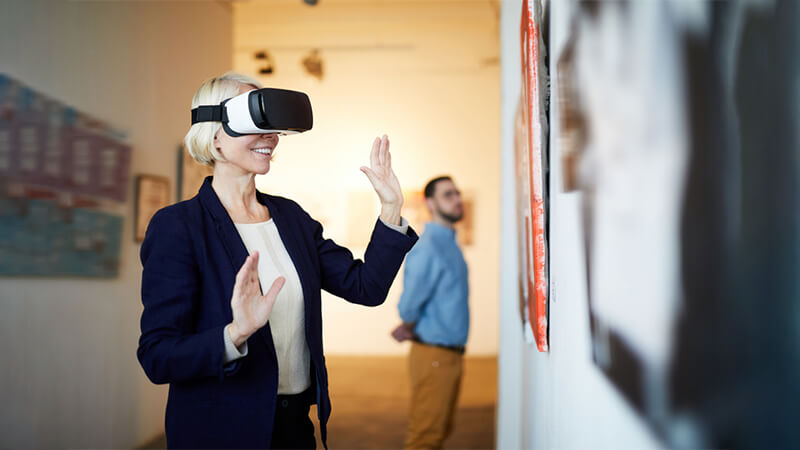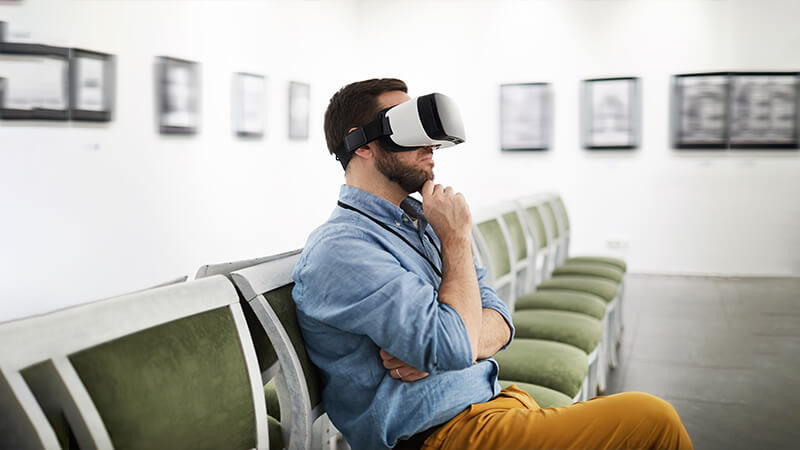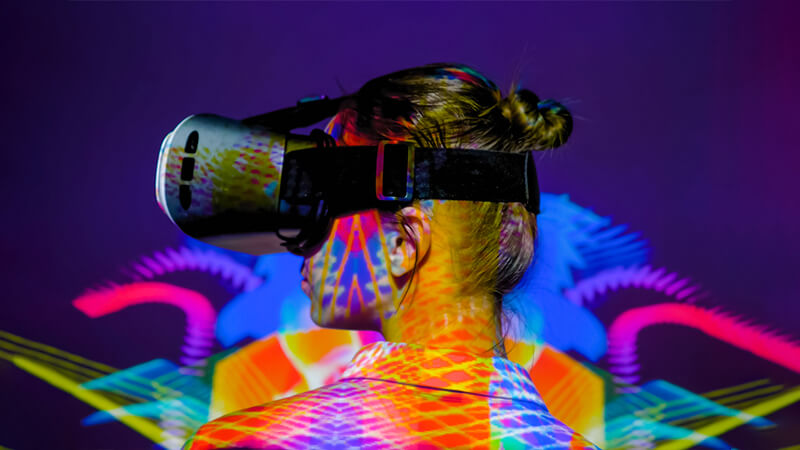In an era where digital technology is evolving at an unprecedented pace, traditional spaces like museums and cultural heritage sites are leveraging these advancements to enhance their offerings and audience engagement. Notably, Augmented Reality (AR) and Virtual Reality (VR) technologies are providing immersive and interactive experiences, allowing users to step into history like never before.
AR and VR are helping museums break free from the constraints of physical space and time. Through VR, museums can offer virtual tours to people anywhere in the world, significantly expanding their reach. It’s like bringing the museum to your living room, allowing you to explore exhibits and artifacts in detail at your own pace. This is a particularly welcome solution in the current global context where travel and in-person gatherings are often restricted.
Meanwhile, AR adds a layer of interactivity and depth to physical visits. Imagine pointing your smartphone at a dinosaur fossil and seeing the creature come to life on your screen, complete with sound effects and movements. Or standing before an ancient artifact and watching a narrative unfold that tells the story of its origin, use, and significance. This blend of physical and digital not only enriches the visitor experience but also helps cater to different learning styles, making the educational aspect more effective and engaging.
These technologies are also proving to be invaluable tools for cultural heritage preservation. VR can be used to create digital twins of endangered or already destroyed historical sites. These accurate, 3D replicas serve as a means of preserving cultural treasures for future generations. For instance, sites ravaged by natural disasters, conflict, or simply time can be digitally preserved and explored through VR.
AR, on the other hand, can enrich the experience of visiting a heritage site by providing contextual information and visualizing historical elements that no longer exist. For instance, visitors to ancient ruins could use an AR app to see how the buildings originally looked, or to visualize the daily life of people who lived there centuries ago.
Despite the significant potential, integrating AR/VR in museums and heritage sites does present challenges. High-quality AR/VR experiences often require significant resources for development and maintenance. Additionally, the use of these technologies implies a digital literacy level that not all visitors may possess.
Furthermore, the use of AR/VR should not overshadow the inherent value and experience of viewing historical artifacts and sites in their authentic form. Therefore, while the incorporation of these technologies is valuable, it should be implemented in a way that complements rather than competes with the traditional museum experience.
In conclusion, AR and VR technologies hold vast potential to enhance the way we explore and interact with history and culture. By bringing the past to life and breaking down barriers of time and location, these tools are reinventing the museum and cultural heritage experience in the digital age. However, the successful integration of these technologies requires thoughtful execution, balancing the new digital possibilities with the authenticity and intimacy of traditional cultural experiences.



